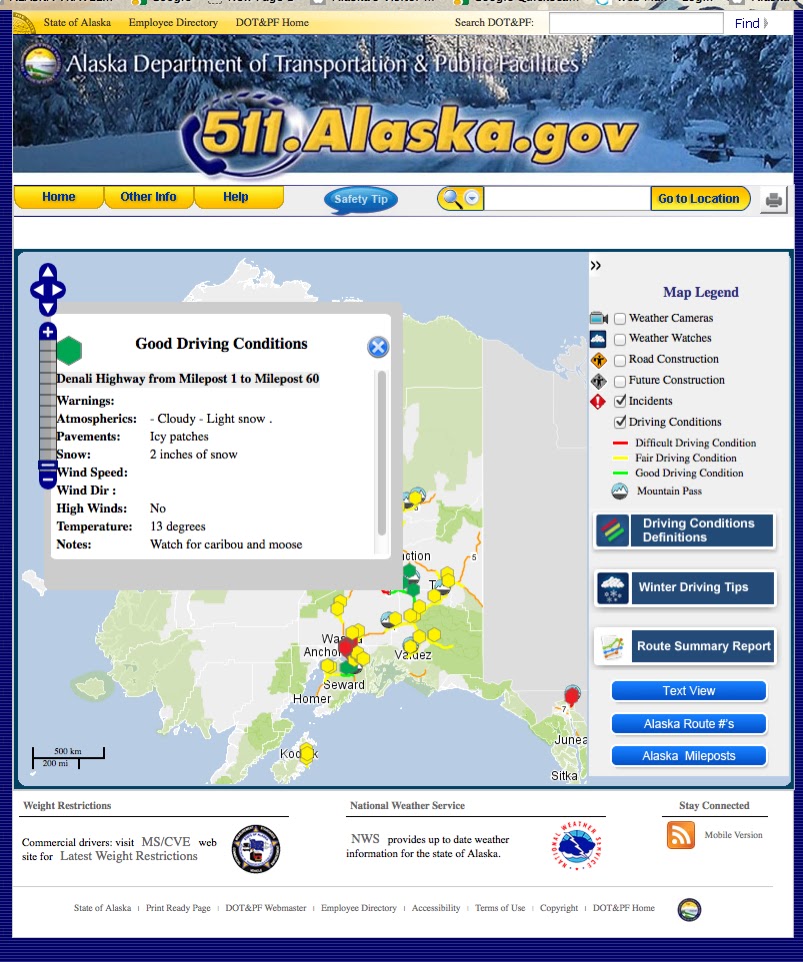State Fire Managers Expect "Unprecedented" High Risk Fire Season: Ask Public For Help
Low snow, high risk: What Alaskans need to know BY ALASKA DIVISION OF FORESTRY & FIRE PROTECTION on FEBRUARY 28, 2025 By Norm Mc...
 |
Low snow, high risk: What Alaskans need to know
By Norm McDonald
State of Alaska, Department of Natural Resources, Division of Forestry & Fire Protection
Alaska is no stranger to wildfire, but this year’s conditions are setting up an unprecedented start to the 2025 fire season. Many areas in the southern part of the state are experiencing record-low snowpack, with some regions already snow-free—weeks ahead of schedule. This leaves dry grasses and fine fuels exposed to the sun, creating a landscape primed for ignition much earlier than usual.
We know that one substantial snowfall could change conditions significantly. Fire managers are monitoring the situation and hoping for the best. But, as we do every year, we are also planning for the worst.
As Alaskans, we know that our spring season typically includes yard cleanup, burning brush piles, and preparing for summer. This year, conditions demand that we rethink these activities. Without the usual moisture from snowmelt, even a small spark from a four-wheeler, chainsaw, brush pile, or warming fire could ignite a fast-spreading fire. The fires we respond to in spring are human caused, so please help do your part to prevent unnecessary wildfires.
State of Alaska fire managers are working diligently to prepare for what could be an early and active fire season. The Division of Forestry & Fire Protection (DOF) has been focused on recruiting and training wildland firefighters and support staff throughout the winter. Our annual spring readiness meeting was held this February, weeks before its usual schedule, to run through initial attack simulations and readiness drills preparing for fire season. DOF has been collaborating throughout the winter with the Denali Borough, Fairbanks North Star Borough, Delta DOF Area, Tok DOF Area, and Anchorage Municipality through Community Wildfire Protection Planning processes. These efforts are critical in bolstering fire preparedness strategies, ensuring resources are strategically placed, and informing communities about the risks ahead.
We recognize that there have been reductions in the federal workforce, but the impact on Alaska wildland fire response remains uncertain. Conditions are changing daily and we are in regular communication with our federal partners. Regardless of these changes, our priority remains the same – we are preparing to do our job and protect Alaskans no matter what.

Strengthening State Preparedness
The State of Alaska has made significant investments to strengthen its own fire response, including recruitment and retention efforts such as 2024’s critical incentive pay for wildland firefighters. The state is strategically positioning resources and planning to leverage partnerships to maximize efficiency.
Through the Northwest Compact, Alaska has the ability to request additional firefighting support directly from western U.S. states and Canadian provinces. The Northwest Compact representatives will be meeting in Alaska the first week of March to prepare for resource sharing and the 2025 fire season. Additionally, DOF continues to strengthen relationships with local fire departments, which play a crucial role in initial attack efforts across the state. These partnerships, combined with continued training and resource planning, ensure that Alaska is prepared as possible for fire season.
Despite these efforts, Alaska still relies on imported firefighters during peak fire season, and workforce shortages at the federal level may mean that reinforcements may be slower to arrive or fewer in number. This highlights the importance of proactive fire prevention and personal responsibility among all Alaskans.
Fire Prevention is in Our Hands: Take Time To Learn Before You Burn
With a potential for reduced or delayed federal resources and an unusually dry landscape, we need all Alaskans to take extra precautions. Small fires can quickly become devastating wildfires.
- Instead of burning yard debris, consider using designated woody debris disposal sites operated by local municipalities, boroughs, or state DOF offices.
- Be mindful when recreating on dry, exposed fuels—one spark from an ATV, snowmachine, or chainsaw can start a fire on dry grass or tundra.
- Follow all burn permit requirements and restrictions. If conditions continue to deteriorate, burn suspensions or closures may be necessary to protect lives and property.
- If you see smoke or fire, report it immediately. Early detection can make the difference between a small fire and a large-scale emergency.
We Must Work Together
Wildfire response in Alaska is a deeply collaborative effort between federal, state, tribal, and local agencies. The State of Alaska, Division of Forestry & Fire Protection is doing everything possible to prepare for this season, but we need every Alaskan to do their part. By taking responsibility for fire prevention and making smart choices, we can reduce the number of human-caused wildfires and ensure that resources are available when and where they are needed most.
Firefighters stand ready to protect Alaskan communities, but they cannot do it alone. As we enter an unpredictable fire season, we urge all residents to be vigilant, cautious, and proactive. Together, we can protect the people, our investments, and lands that make Alaska home.

Norm McDonald is Deputy Director of Fire Protection with the State of Alaska, Division of Forestry & Fire Protection.
















